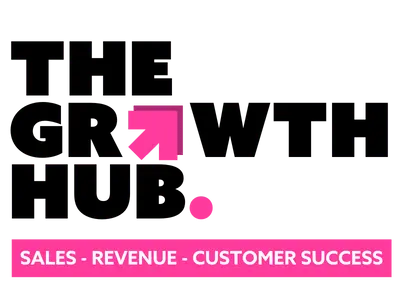Every Sales team strives to address their audience’s needs. But that’s not always an easy thing to do. It’s tempting to go straight in with product and solution-based messaging, but doing so is a slippery slope.
Steve Jobs once said:
“You have to start with the customer experience and work backwards to the technology.”
What he means is you need to reverse-engineer how you sell something to focus on the needs first, rather than the product. That’s easier said than done – especially if the product or solution is close to your heart. Obviously, you want to shout about it.
Failing to lead with the problem first, and the need to solve it, is like giving your prospect the answer, without asking them the question. So, here are a few top tips on how to truly put the issue before the solution.
Giving the problem the right air time
If you think a few sentences at the start of your pitch is enough, think again. Some salespeople add a sentence or two to perfectly lead into the product sell, and believe that’s pain-based selling. It’s not. It’s a false economy. And it’s the opposite of what Steve Jobs said.
Customer pains and needs to be the focal point of the conversation. The need is all that really matters in the sales process. It’s what you build the business on. It’s the ‘why’, it’s the business proposition, and it triggers emotion. And emotion drives business decisions.
The problem part, therefore, needs to be powerful. And it needs to be contextualised to the company. Remember, your prospect will feel the pains specifically, with a particular end-goal in mind.
The needs usually have two sides:
- Functional – ‘I need to improve the speed of this car.’
- Emotional – ‘I need to feel like a leader in my business.’
Expressing the customer needs
Expressing the needs without being pushy is a real art. You need to be empathetic, but also clarify the functional and emotional needs early on. Always aim to avoid the trap of bringing in the product or solution too early, or working backward from the product or solution.
This is where a strong, compelling problem-focused narrative can come into play. It’s a good exercise to write this down and fine-tune it before beginning pitching. This narrative must outline how you can make someone’s life better. It’ll prioritise features and help you communicate the product or solution better, based on the specific pains of the prospect.
The steps to writing a problem-focused narrative:
- [Target audience] is faced with a constant challenge to [problem]. This [problem], results in the difficulty to perform [key activity] in order to [achieve a primary goal].
- This is especially relevant to companies in [industries].
- This issue leads to [worst case outcomes], and will only get worse over time.
- There is a way to solve this problem and find a better way to achieve [key activity], making life [quantifiable impact, such as easier, faster], leading to [positive overall outcomes / emotions].
If you’re in doubt about what to put in the above narrative, think about these questions to help fill in the blanks:
- Target audience: Who are your target customers? Who uses the product or solution?
- The primary concern: What’s the primary concern every target customer has that you can solve?
- Key activity: What is the key activity customers are doing when using your product or solution?
- End goal: What’s the end goal of performing this activity?
- Worst case outcomes: What’s the worst case outcome if the problem isn’t addressed? Quantifiable impact: How can you measure the impact of solving the issue?
The more you write the narrative, the more you’ll be able to bring the message to life. And the more depicting you can be, the more compelling the narrative becomes. Start with this as your foundation, and bring in the solutions to solve those problems later on. The aim is for the prospect to self-identify when they hear it. Then you validate the issue with them and then bring the solution in.




